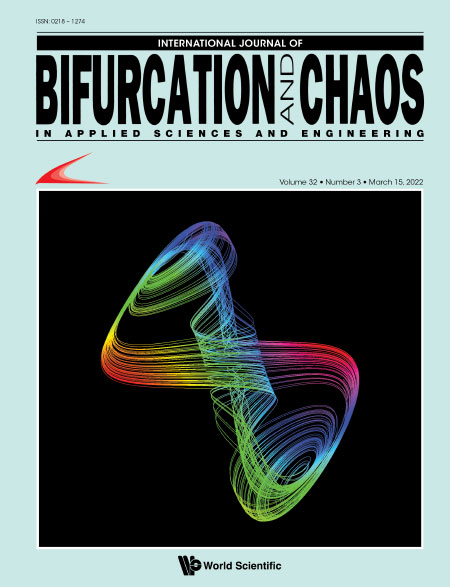Rocard’s 1941 Chaotic Relaxation Econometric Oscillator
Abstract
In the beginning of the Second World War, the French physicist, Yves Rocard, published a book entitled Théorie des Oscillateurs (Theory of Oscillators). In Chapter V, he designed a mathematical model consisting of a set of three nonlinear differential equations and allowing to account for economic cycles. Numerical integration of his model has highlighted a chaotic attractor. Its analysis with classical tools such as bifurcation diagram and Lyapunov Characteristic Exponents has confirmed the chaotic features of its solution. It follows that Rocard’s 1941 chaotic econometric model has thus most likely preceded Lorenz’ butterfly of twenty-two years. Moreover, apart from this historical discovery which upsets historiography, it is also established that this “new old” three-dimensional autonomous dynamical system is a new jerk system whose solution exhibits a chaotic attractor the topology of which varies, from a double scroll attractor to a Möbius-strip and then to a toroidal attractor, according to the values of a control parameter.



